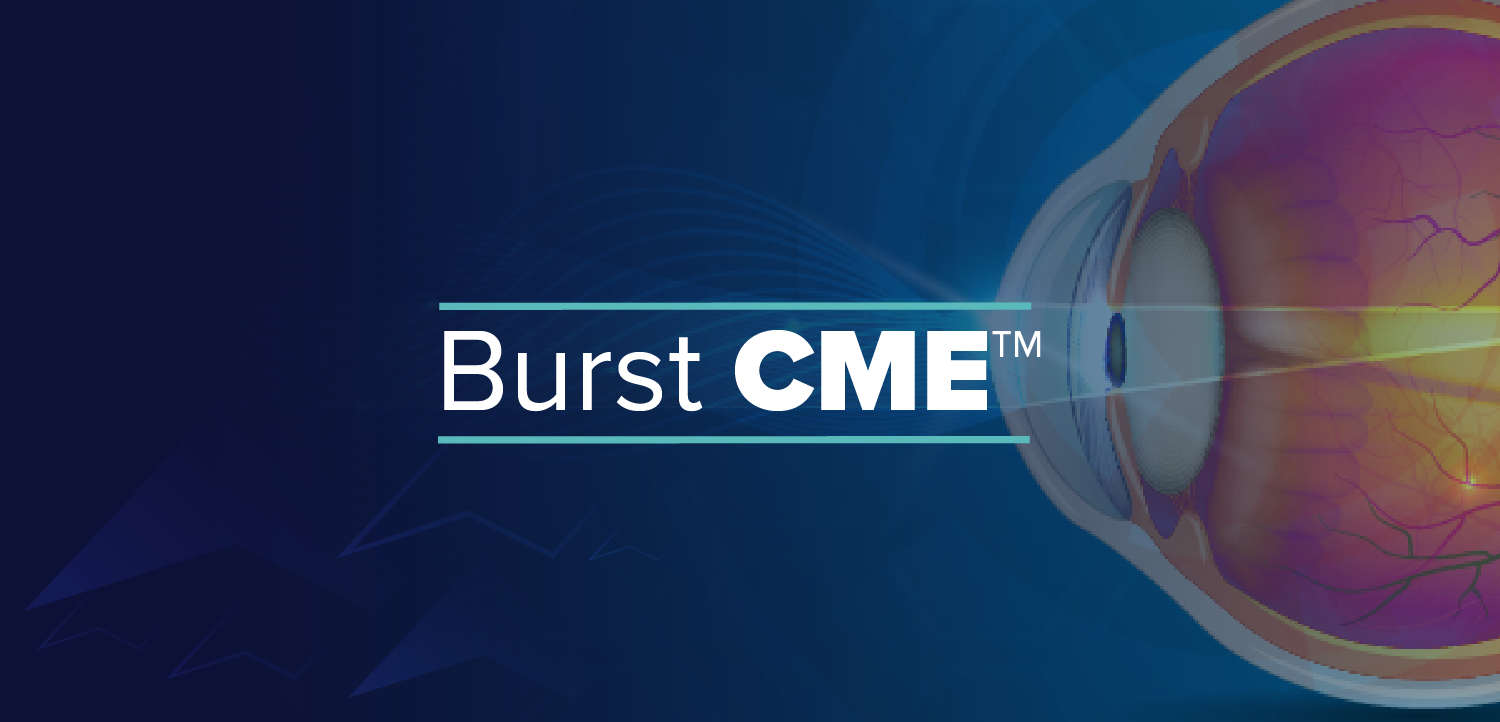Heidelberg Engineering expands Spectralis product line
Heidelberg Engineering GmbH expands its line of Spectralis retinal imaging products by adding a more economical two-mode, spectral domain-optical coherence tomography (SD-OCT) technology. The expanded family now consists of Spectralis OCT (two modes); Spectralis HRA (five modes); and Spectralis HRA+OCT (six modes).
Heidelberg Engineering GmbH expands its line of Spectralis retinal imaging products by adding a more economical two-mode, spectral domain-optical coherence tomography (SD-OCT) technology. The expanded family now consists of Spectralis OCT (two modes); Spectralis HRA (five modes); and Spectralis HRA+OCT (six modes).
Spectralis OCT offers two imaging modes (SD-OCT and infrared), while the Spectralis HRA+OCT includes four additional imaging modes (autofluorescence, red-free imaging, fluorescein angiography, and ICG angiography). The new model shares three key features with the earlier version: 40,000 A-scans per second, TruTrack eye-tracking technology, and Heidelberg noise reduction (HNR) for image clarity.
The Spectralis instrument captures the OCT cross-sectional scan under constant guidance of one of five fundus imaging modalities. This helps ensure image registration and enables the instruments to track change precisely over time, an advantage over the technical limitations of time-domain OCT, according to the company. In addition, HNR technology significantly improves image quality by eliminating unwanted optical noise in both fundus and OCT images.
Shipment of the product is expected to begin this summer, according to the company.
For more information, visit Heidelberg Engineering at Booth 1541.
Newsletter
Don’t miss out—get Ophthalmology Times updates on the latest clinical advancements and expert interviews, straight to your inbox.
















































.png)


